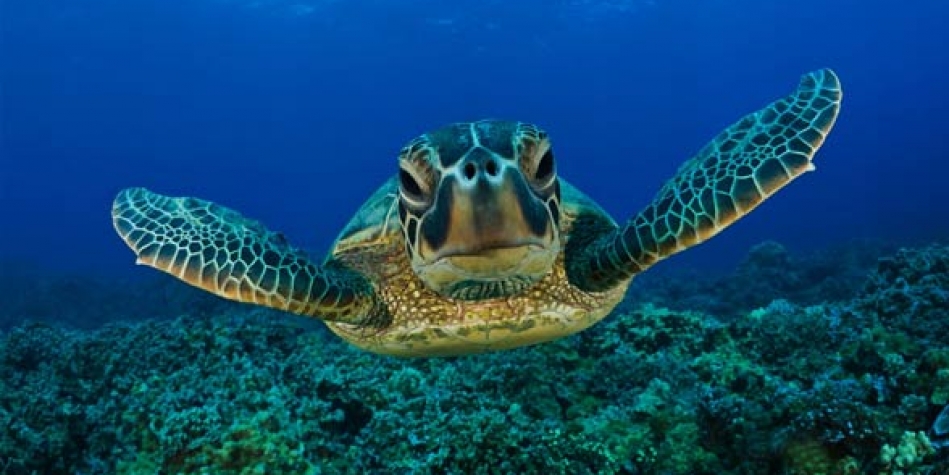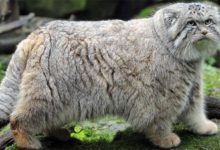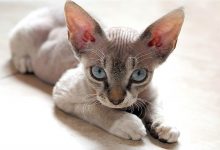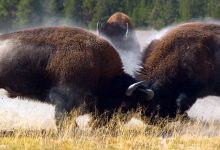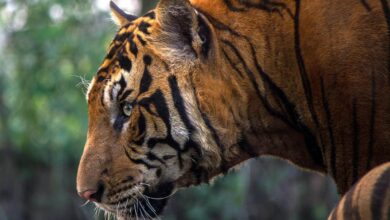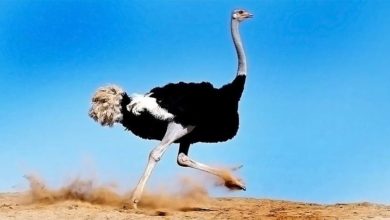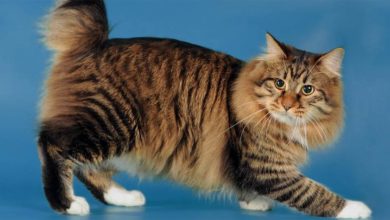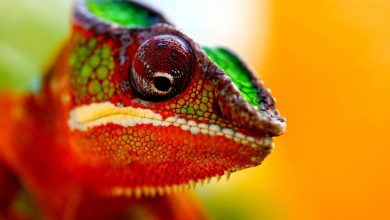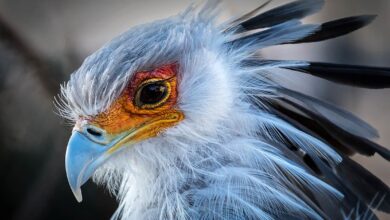Loggerhead sea turtle (Caretta caretta)
One of the largest sea turtles in the world, overcoming huge distances for food and breeding opportunities. An animal cooperating with the Earth`s rhythm and being a vital element of the natural system. Interestingly, the loggerhead`s females prove to be more aggressive than males – let`s take a closer look at the loggerhead sea turtle.
Classification
- Kingdom: Animalia
- Class: Reptilia
- Subclass: Anapsida
- Order: Testudines
- Superfamily: Chelonioidea
- Family: Cheloniidae
- Genus: Caretta
- Species: Caretta caretta
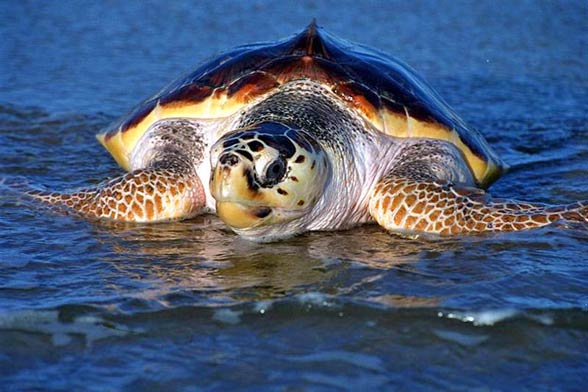
Range
It swims in the temperate and tropical climate waters of the world, boasting the largest number of nesting grounds among all sea turtles. It lives in the Atlantic, Pacific and Indian Ocean and in the Mediterranean Sea.
Largest population
The largest population in the Atlantic Ocean inhabits the southeast coast of North America and the Gulf of Mexico. Some turtles live along the coasts of Europe and Africa. Florida is the hatching heaven – the highest nest count exceeded 67 000. The nesting grounds are also more up north (Virginia) and southwards (Brazil), while the top breeding destination eastwards is the Cape Verde.
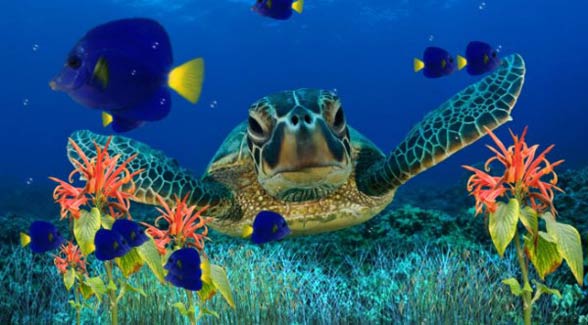
Indian Ocean turtles
The turtles living in the Indian Ocean acquire food along the coasts of Africa, Arabian Peninsula and in the Arab Sea. The nesting areas involve grounds spreading from Bazaruto Islands (Mozambique) to Simangaliso Wetland Park (RSA). The largest nesting spot is located in Oman, accounting for about 15 000 nests yearly. West Australia is a less popular destination with 1000 – 2000 loggerhead`s nests on average.
Pacific Ocean turtles
The Pacific population feed in the East China Sea and along the Baja California Peninsula. They choose East Australia and Japan for the nesting grounds – a vital spot is the Great Barrier Reef off the Australian shore. Sometimes they lay eggs in Vanuatu and Tokelau, yet as much as 40% of females from the Pacific population make nests on the Yakushima Island. The warm Kuro Siwo current waters are good feeding areas for immature turtles. Lower California shores are a popular feeding area for the East Pacific population, providing much food for both immature and adult turtles.
Mediterranean Sea turtles
Mediterranean Sea is an ideal spot for young reptiles, becoming almost a schooling region. Adult turtles meet there in spring or summer months. Up to 45% immature turtles migrate to the Atlantic afterwards. A most popular hatching site is located in Greece (about 3000 nests every year), which is the reason for the governmental ban for airplane landings and takeoffs on Zakynthos island during the hatching nights. Other, less popular nesting grounds are located at the coasts of Cyprus and Turkey.
As experienced travelers, loggerhead sea turtles take advantage of sea currents, which allows them to swim on great distances.
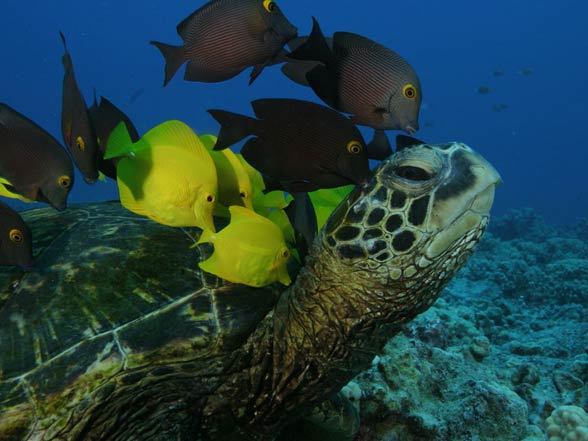
Habitats
Most of its life is spent in the open ocean and shallow coastal waters. It rarely crawls out of water, apart from the females that make nests on beaches and lay their eggs there. Baby loggerhead sea turtles live in the Sargassum seaweed, while the adolescent and adult turtles prefer continental shelves and shallow river estuaries. In the Northwest Atlantic the choice of habitat is determined by the turtle`s age – immature reptiles live in estuaries, while adult animals swim in the deep ocean waters.
Loggerhead sea turtle likes a relatively high water temperature – around 13.3 to 28 degrees Celsius beyond the breeding season. For the nesting females, temperatures between 27 an 28 degrees are most appropriate. Young turtles living in the Sargassum seaweed share their territory with many other organisms (about 100 other animal species), which often become threat to the small and vulnerable turtles. They often become prey for shellfish (crabs), small fish, dolphins, tunas and sea urchins.
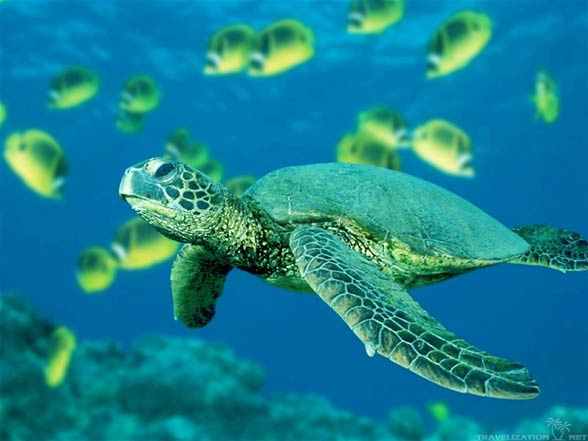
Appearance
Adult turtles weigh from 80 to 200 kg (176 to 441 lb) at 70-95 cm (27.5-37.4 in) of length, although the largest loggerhead sea turtle weighed over 500 (1102 lb) kg at carapace length of 213 cm (84 in). The head and shell (carapace) may be from yellow-orange to red-brown, while the plastron (ventral part of the shell) is usually bright yellow. The flippers and neck are yellow-brownish, mosaic-like. The snout has a distinctive appearance for the large eyes and beak-like mouth.
Plastron and carapace are linked with three pairs of plates. Although the shell is the turtle`s ‘armor’, it may hide inside it.
Sexual dimorphism is not very striking; males have longer tails and claws at the front flippers and a shorter plastron. Moreover, the male carapace and head are wider, with a less raised shell than female`s.
The lacrimal glands located in the eyes allow maintaining an osmotic balance, removing the excessive salt, which comes in great volumes from the ocean water. The glands working constantly make the impression as if the turtle was crying all the time.
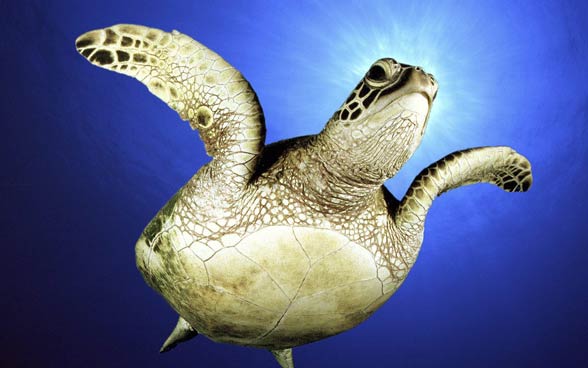
Diet
Loggerhead sea turtle is an omnivore, it usually eats invertebrates e.g. snails, clams and decapods. It probably has a most diversified diet of all sea turtles, as it includes sponges, corals, polychaetes, moss animals, sea cucumbers, anemones, cephalopods, starfish, fish, young turtles (including the same species), seaweed and vascular plants. During migrations in open waters, it hunts for jellyfish, squids and flying fish.
The reptile catches the prey with its jaws and crushes it with immense force. Pointed front flippers aid during hunts as they allow manipulating the victim. During swallowing special papillae in esophagus filter the unwanted foreign bodies e.g. hooks etc. The further part of the esophagus is covered with numerous wrinkles that have a similar purpose. The digestion pace depends on the temperature of the surrounding water – digestion speeds up in higher temperatures.

Lifestyle
Both in the wild and in captivity the turtle is most active during the day. It often rests, spreading the front flippers looking like it was just about to start swimming. In such position, it remains with open or half-closed eyes, which however does not delay its reaction in case of a predator attack. At night in sleeps in a similar position, yet the eyes are completely closed, and the animal`s reactions are slower.
85% of its day is spent underwater – males are more eager to dive than females, the average dive time is around 15-30 minutes, although it may remain underwater for even 4 hours.
Adolescent and adult turtles behave differently in water – the former tuck their front flippers in and propel the swim with the rear limbs, however with age the role of front flippers becomes more important. It is estimated that young turtles swim in the ‘immature’ way for about a year.
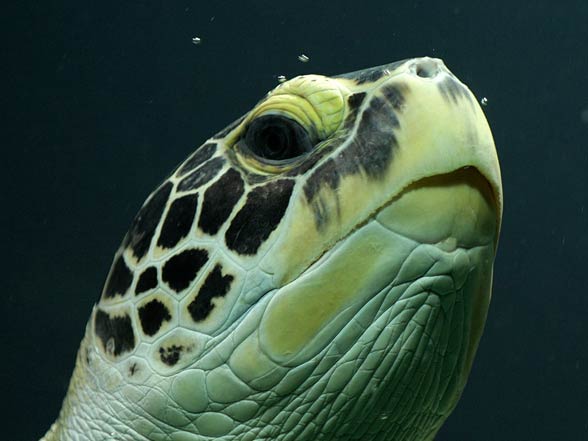
Hibernation and migrations
When the water temperature drops down to 13-15 degrees Celsius, the turtle hibernates, at about 10 degrees it starts to drift without control, which is followed by heart ischemia and death. Young turtles appear to be better adapted to cold, their heart can work even below 9 degrees Celsius. One of methods of avoiding heart muscle shock are periodic migrations, which raises the heart rate and boost metabolism.
Aggression and confrontations
Among other aquatic vertebrates, it has one unique trait – females fight with each other, which is a common mean of communication. Conflicts usually take place in the feeding areas and have four stages:
- Looking and touching
- Passive confrontation: rocking the head back and forth, aggressive confrontation: rocking the head facing the opponent
- Fight: biting the opponent`s snout with own snout
- Separation, swimming away from each other or chase
The magnitude of aggressive behaviors depends on the hormone levels, energy resources and surroundings. In every stage of the confrontation the tail is either lifted vertically to signal the readiness to escalate the conflict or twisted to signal the truce. As every stage of the conflict requires more energy reserves leading to exhaustion, the aggressive tendencies arise in areas more abundant with food, as the used up energy may be quickly restored through easy catch.
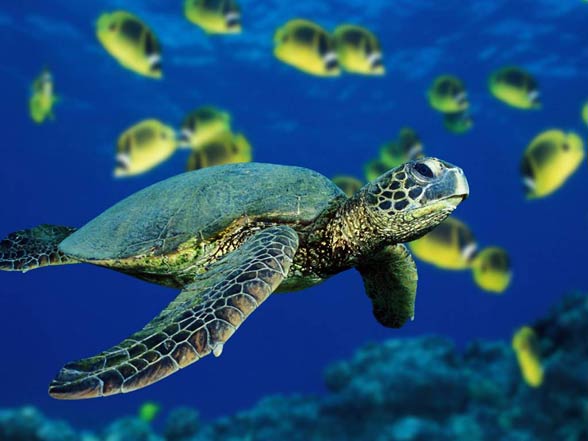
Breeding
Female delivers the first hatch between 17 and 33 years of age and the mating season lasts over 6 weeks. There is probably some form of courtship, yet not much is known in that matter: males like to hug and bite a potential partner. In the same time they also move their heads and flippers in a distinctive manner. Supposedly, the female cloaca excretes pheromones that signal fertility to the males.
Prior to copulation, a male approaches the female trying to copulate, yet the female is usually unwilling. Then the partners start to swim around each other. If a rival appears, the female lets the fight to appoint the best partner, which has the right to impregnate the female. The copulation often results in wounds, as the males scratch the female flippers with their claws. Rivals are often eliminated by damaging the flippers and tail, during copulation attempt. The injuries are sometimes so severe that the animal must refrain from courtship for many weeks to heal.
One hatch consists of 112 eggs on average, while three hatches are laid by a female during one year, which is followed by a 2-3 year break.
Contrary to other sea turtles, loggerhead does not mate or copulate in close proximity to the hatching spots (beaches), but on the migration trails between feeding and hatching sites. A recent research proves that the ovulation is triggered by copulation.
In the northern hemisphere mating lasts between end of March and beginning of June and the hatching season is relatively short, as it lasts between May and August, while on the southern hemisphere – from October to March.
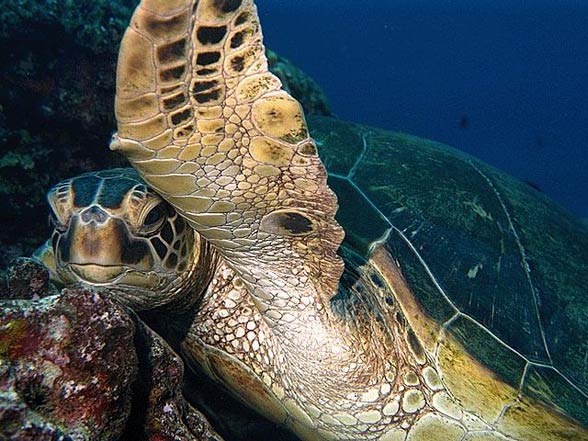
Several fathers…
Eggs may be fertilized by several males, as females have the ability to store semen in oviducts until ovulation. As a result a single hatch may be ‘work’ of even 5 fathers, yet this number depends on the female size – one of the theories claims that males prefer large partners as they consider them to be more fertile.
Prior to laying eggs, a female crawls out of the water and digs a nest with its rear flippers. After laying all the eggs, the mother covers them with sand and return back to water. The process lasts for 1-2 hours and takes places on an open beach or on top of the dune. The female carefully chooses the hatching spot considering the predator presence or insolation.
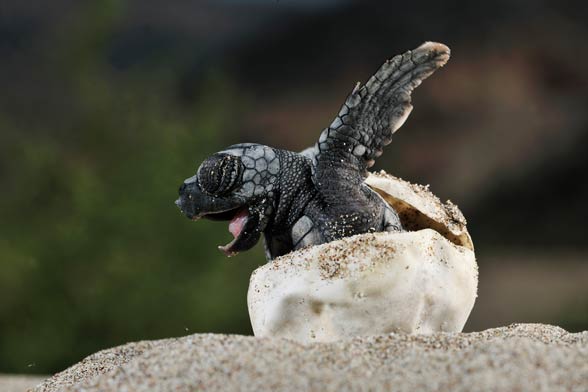
Early life
Baby turtles are light brown or almost black, so they lack adult colors (yellow or russet). They are about 4.6 cm (1.8 in) long and weigh 20 g (0.7 oz) on average. Their gender depends on the incubation temperature, which usually ranges from 26 to 32 degrees Celsius. At 32 degrees almost only females are hatched, at 28 degrees only males, while at 30 degrees the number of males and females is approximately equal.
After 80 days of incubation the babies dig their way to the surface – it takes place usually at night when it is easier to avoid predators and extreme temperatures. Young turtles instinctively approach the ocean as they see a brighter stripe on the horizon (Moon reflection on water).
After the trip from the nest to ocean waters babies lose even 20% of their body mass because of water evaporation. At the very beginning they use the ebb waves to get about 10 meters towards deeper waters. For the next 20 hours, the distance between them and the nest grows. Interestingly, their navigation is aided by the magnetite in their brains, which interacts with the Earth`s magnetic field.
Many baby turtles use seaweed as protection at the open ocean, until reaching 45 cm of length. The turtle lives whole infancy in the pelagic zone, only after overcoming the ‘magical’ age barrier it migrates to coastal waters.
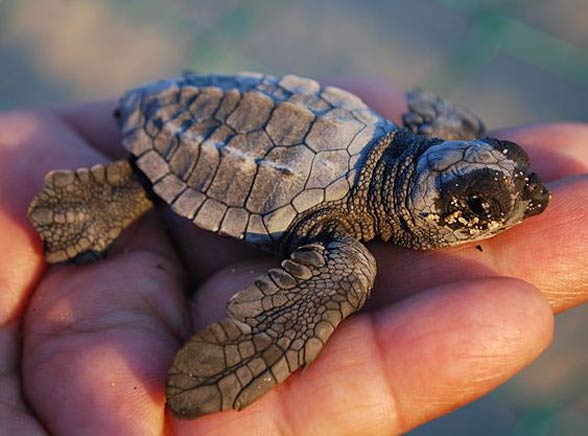
Detailed characteristic / size
Loggerhead sea turtle (Caretta caretta)
- Carapace length: 70-100 cm (27.5-39 in), longest recorded: 213 cm (84 in)
- Weight: 77-200 kg (170-441 lb), the heaviest recorded: 545 kg (1201.5 lb)
- Lifespan: 30-67 years in the wild, up to 33 in captivity

Loggerhead sea turtle – interesting facts
- During migration, loggerhead sea turtle covers one of the largest distances in the animal kingdom. In 1996 a female named Adelita, equipped with a satellite transmitter swam 14 500 km (7829 mi) from Mexico through the Pacific Ocean. This animal was the first ‘guinea pig’ of its kind – the first turtle to carry a satellite transmitter.
- Loggerhead sea turtle is the largest sea turtle having a hard shell.
- Immature turtle are indistinguishable in terms of gender. It requires e.g. laparoscopic and histological analysis.
- Up to 40% of nesting females are wounded by attacking sharks.
- In the coldest months, the turtle might dive for 7 hours, needing only 7 minutes to draw a breath sufficient for such a stunt.
- Females that may lay eggs usually have a carapace 70-109 cm (27.5-43 in) long, however -due to large disparity – it is not a reliable indicator of sexual maturity.
- It is an official reptile of North Carolina and Florida.
- Loggerhead sea turtle is and endangered species due to water pollution, fishing and illegal trade. Long period of maturing and high mortality of baby turtles makes matters even worse.
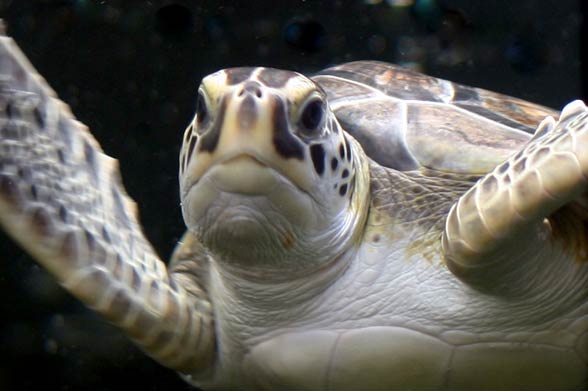
Recommended
- Turtles
- Turtles and tortoises
- Reptiles
- Largest turtles – Top 10
- Aldabra giant tortoise
- Alligator snapping turtle
- Green sea turtle
- Archelon ischyros
- Animals & dinosaurs records
- The fastest animals – Top 100
- The fastest mammals – Top 10
- The fastest birds – Top 10
- The most venomous snakes – Top 100

